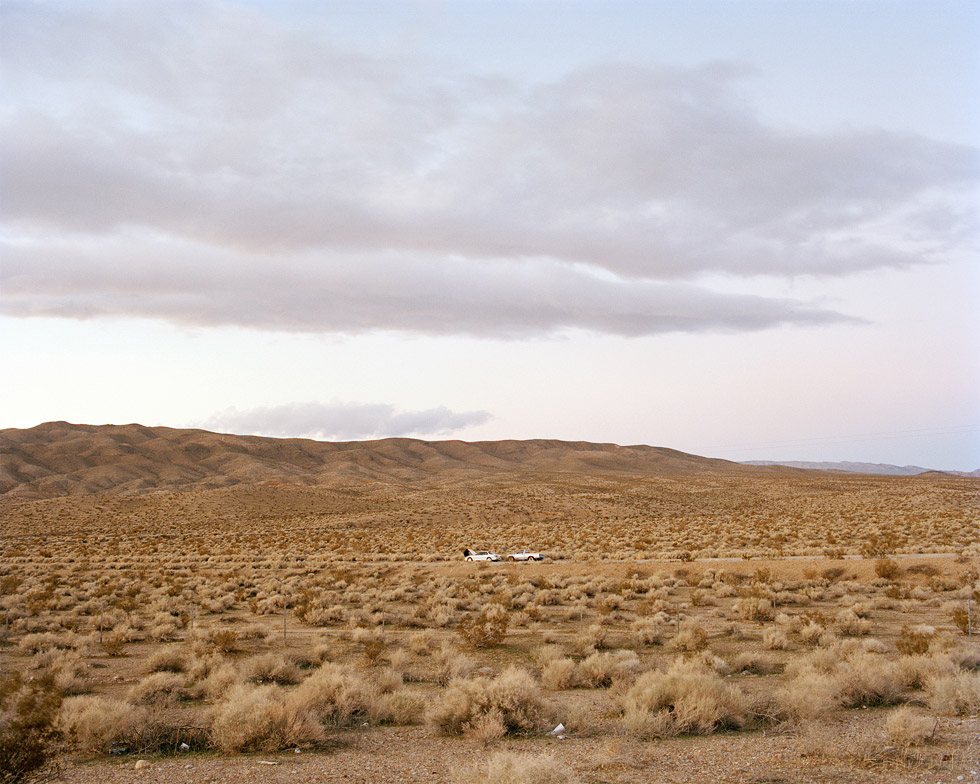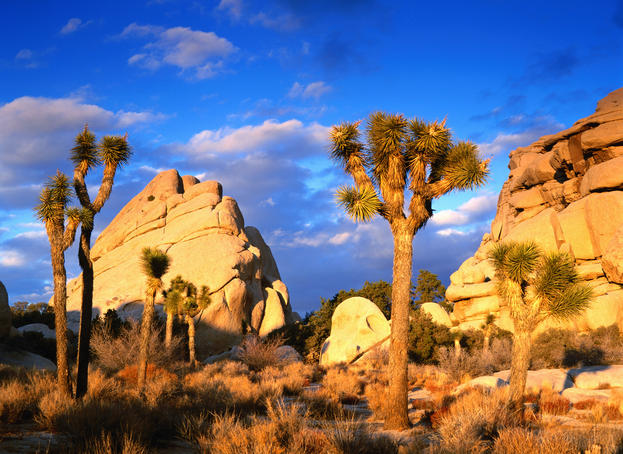The Mojave Desert in the southwestern U.S. includes Death Valley and the lesser known Las Vegas Valley. Extreme weather and temperature conditions in the Mojave Desert have required plant and animal life adaptations. The Mojave is called a “hot-cold” desert. It is very hot in the summer months and below-freezing cold in the winter. The U.S. Geological Survey (USGS) notes that climate and weather conditions have shifted over the past hundred years.
As global warming continues, USGS expects the Mojave will experience wider extremes in hot-cold conditions. The Mojave receives less than six inches of rain per year but has relatively stable groundwater reserves. The Cadiz Water Project plans to conserve and protect renewable groundwater in the Mojave Desert and create an additional supply of water for Southern California.
California Drought
California is now experience its fourth year of drought. Approximately half of California’s lands are now considered in a period of exceptional drought. This condition increases the risk of fire and crop losses. As water levels decline, fish and other wildlife are also affected.
Almost one-third of the state’s water supply derives from snow melt in the Sierra Nevada range. Last year’s annual snow fall was a mere six perfect of average levels and was the lowest in recorded history.
Heat causes water to evaporate, and California’s residents experienced hotter than average temperatures in the past year. No one can predict how long the drought will last, but geologists report that multiple-decade droughts are possible. Identifying reliable water supplies is obviously an essential task for affected municipalities and farmers.
Although most residents were receptive to California Governor Brown’s call to reduce personal water use, groundwater levels continue to decline and almost 2,000 wells have gone dry. Finding new supplies and sources of water are important to the environmental and financial health of the state.
Mojave Groundwater Basin
The Mojave River’s groundwater basin is about 1,400 square miles, spanning south-north from San Bernardino/San Gabriel Mountains to the dry Harper/Coyote Lakes. Antelope Valley borders the basic on the west and Morongo’s groundwater basic borders on the southeast. There are five subareas of the Mojave groundwater basin, including Oeste, Baja, Este, Alto, and Centro.
Carbon Capture
Scientists predict that atmospheric levels of carbon will increase and fuel climate change around the world. Some are exploring carbon dioxide (CO2) absorption levels by carbon sinks, such as the world’s rainforests or ocean plankton blooms.
According to researchers, the Mojave is another carbon sink. Although the desert lacks widespread vegetation, groundwater reserves and other present elements make care of the desert an important undertaking. Much of the ground water currently evaporates or becomes infused with salt from now-dry Mojave lake beds.
Almost half of the earth is covered by dry lands like the Mojave. The Mojave’s proven potential to capture CO2 is important: researchers expect the deserts to absorb as much as eight percent of global carbon emissions by mid-century. Researchers believe that existing plant and animal life will not be affected by expected gradual climate change and carbon absorption.
Mojave Plants
The Mojave, like other deserts, has little plant life. Interestingly, the mistletoe used in Christmas decorations calls the Mojave home. Mistletoe seeds act like parasites by taking root in the bark of other trees. It then gets nutrients like water and sugar from the host plant. In most cases, growth of the mistletoe plant does not kill the host.
Joshua trees grow throughout the Mohave. These tall succulents efficiently store water and are frequently found with mistletoes in tandem. Joshua trees are especially hardy and live more than 100 years.
Mojave Animals
Camel spiders, also called wind scorpions, also live in the Mojave. These large, hairy, and powerful-looking spiders are not dangerous to humans. Horny toads, although actually lizards, are frightening to predators. When attacked, horny toads double in size and squirt poison-filled blood from the eyes.
According to hydrogeologists, the Mojave is an untapped and significant water resource. Anticipated continued warming, population growth, and agricultural demand are just a few of the reasons to explore the desert’s natural resources.
Article Submitted By Community Writer



